FuJing Lighting - Pursue quality and cast high-quality goods.
1. Choose LED lighting fixtures with lumens/watt height
Luminous flux, that is, the total amount of visible light emitted by the light source per unit time, in lumens (Lm). Luminous efficiency, that is, the light energy (commonly known as luminous flux) generated by the light source per W of electric power, unit: lumens/watt (Lm/w)
The comprehensive luminous efficiency of LED lighting refers to the luminous efficiency of a finished LED street lamp. Under the rated voltage, the total luminous flux emitted by the LED lamp is divided by the total power consumption of the LED lamp, which is the overall luminous efficiency of the LED lamp, expressed in lumens/watt. The higher the value, the energy-saving effect of the lamp. The better, the more power saving. Under the same power, the lamps with high luminous efficiency have large luminous flux, which is brighter and more energy-saving! The 3W LED bulb is higher than the 18W energy-saving lamp. And the ratio is about 8 times that of 40W incandescent lamps.
2. Choose products with high color rendering index
Color rendering refers to the closeness of the color of an object under the illumination of light to the true color. The larger the color rendering index "Ra" value, the closer the color of the object is to the real color. Generally considered: 80-100, excellent color rendering; 50-79, general color rendering: <50, poor color rendering. LED lighting fixtures with high color rendering index should be selected.

3. The color temperature of the light source is selected according to personal preference
The unit of color temperature is Kelvin (K), the color temperature of red light source is about 800K~900K, the color temperature of yellow-white light source is about 3000K, the color temperature of white light source is about 5500K, and the color temperature of light blue light source is 8000K~12000K. The color temperature of the light source is selected according to each person’s preference. Some people like warm colors, so a lamp with a color temperature of around 3000K is suitable for him. Those who like daylight colors can meet their requirements with a color temperature of 5000K~6500K. Those who like cool colors can choose 8000K~ 12000K LED lighting fixtures.
4. The smaller the luminous decay, the better, the larger the luminous flux, the better
Light decay: The luminous flux of the light source gradually attenuates to the process of exhaustion, that is, the process of gradual attenuation of the brightness of a lamp after a period of use.
Luminous flux maintenance rate: the lamp is lit under specified conditions, the luminous flux measured 100 hours after the lamp is lit as the initial value, and the ratio of the measured luminous flux after 2000 hours of re-ignition, expressed as a percentage (not less than 80%), As a lighting concept to measure light decay.
The popular explanation is that the brightness of the lamp will decrease after using it for a period of time. For different light sources, the higher the luminous flux maintenance rate within the same specified time, the smaller the light attenuation of the light source.





 English
English 中文简体
中文简体 Español
Español ++86-13818655613
++86-13818655613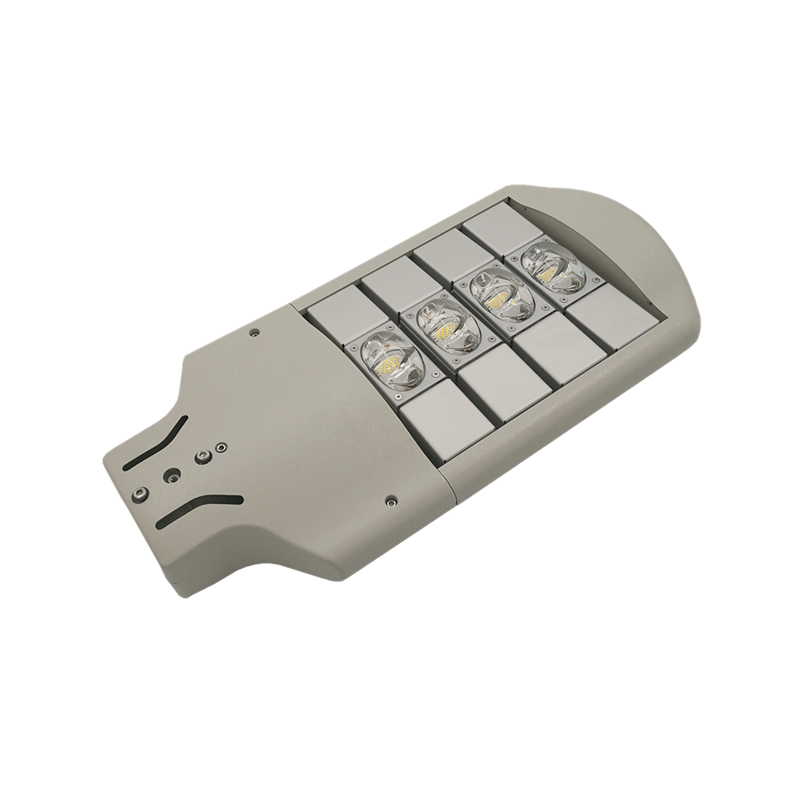

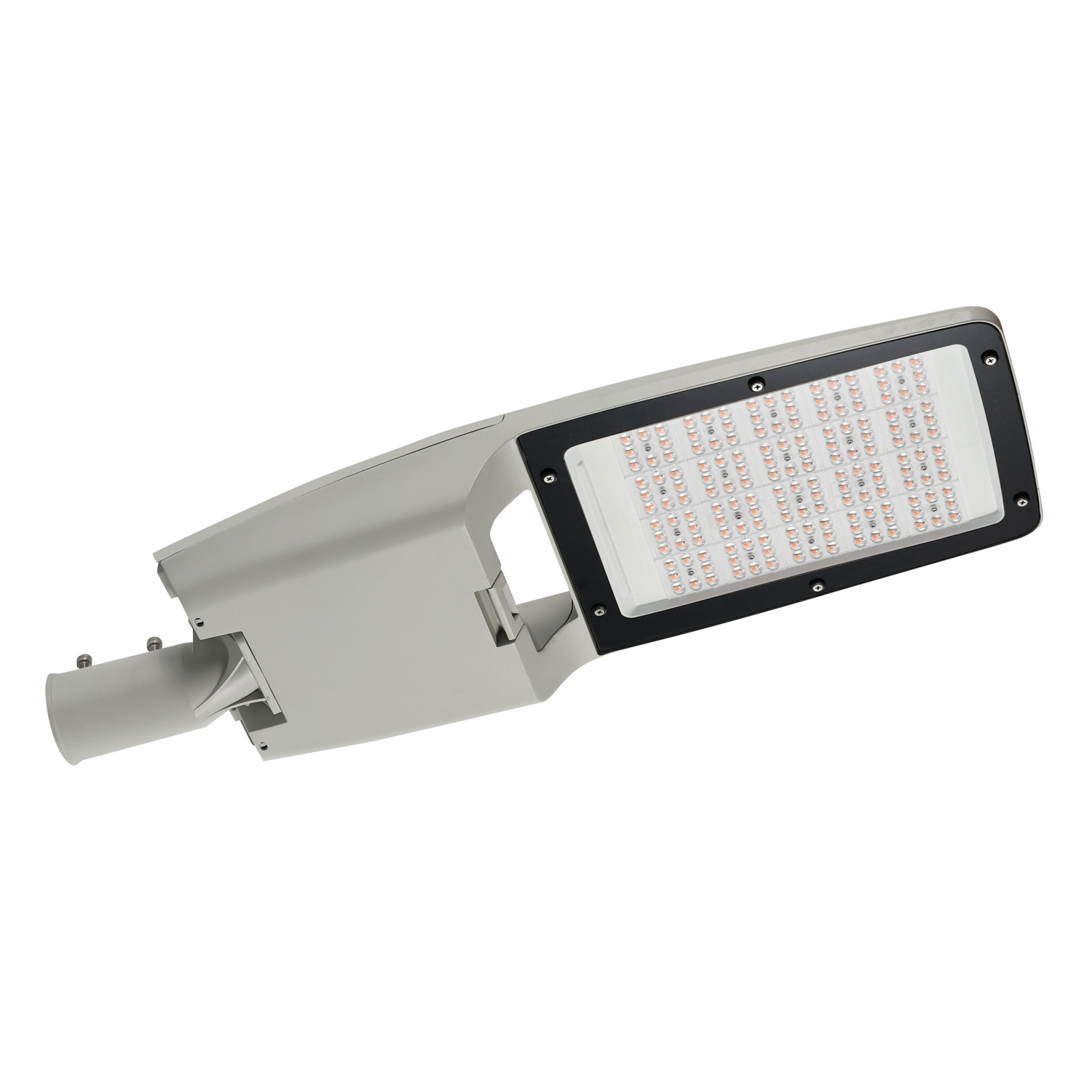


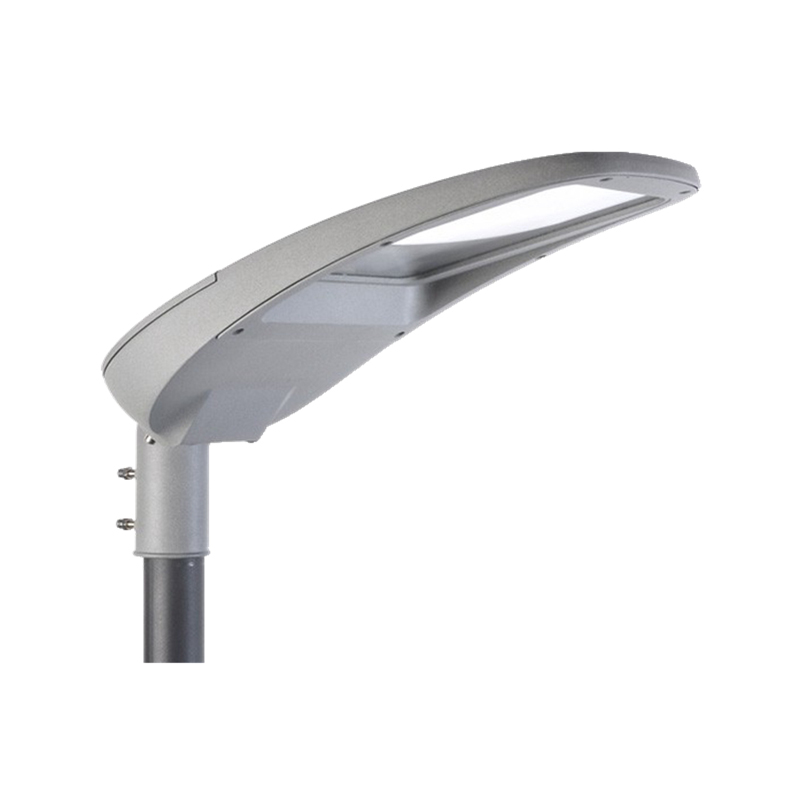
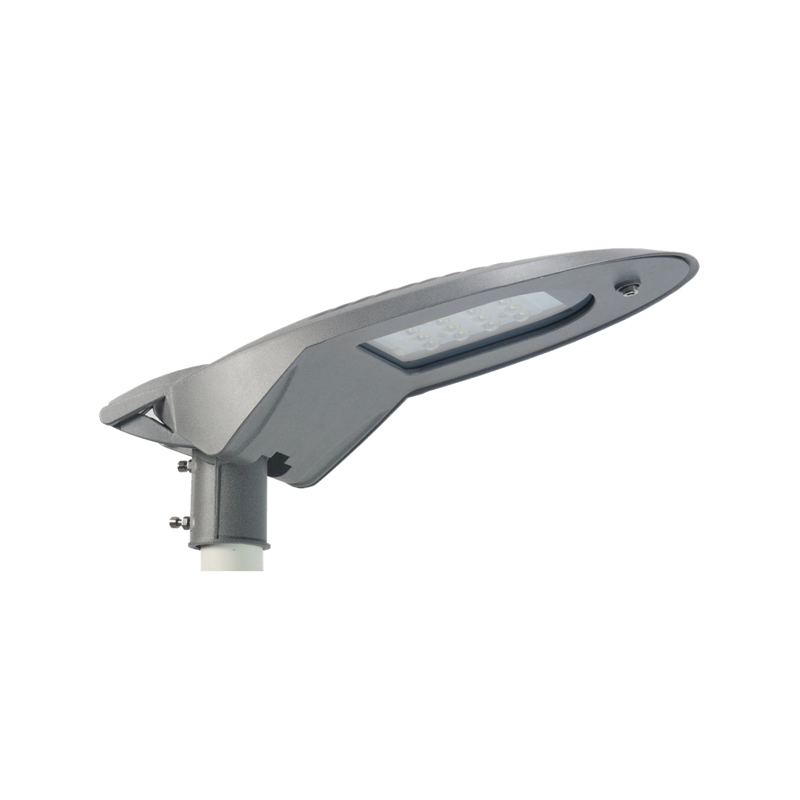
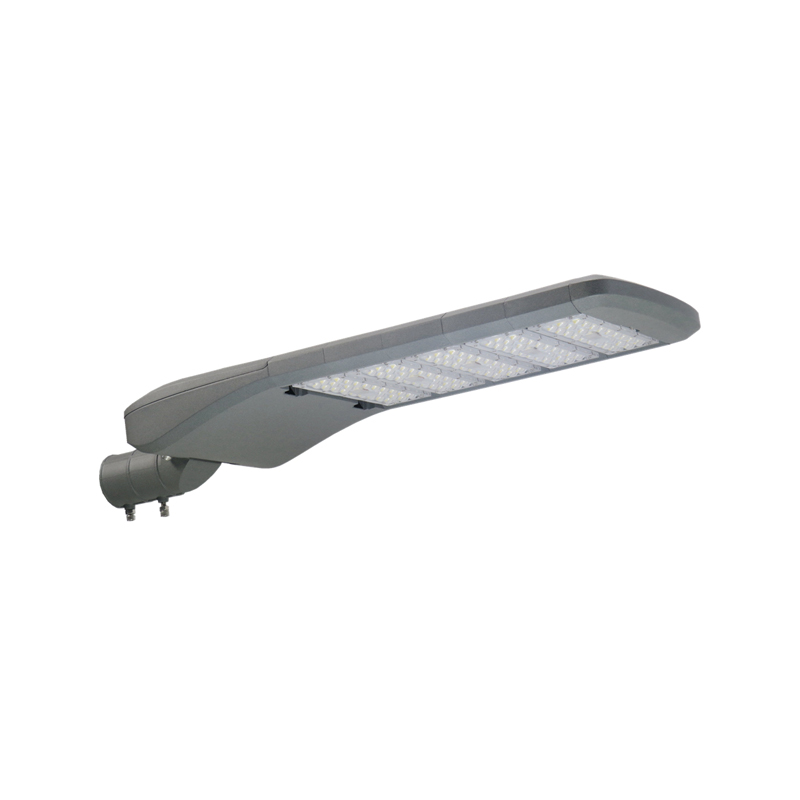
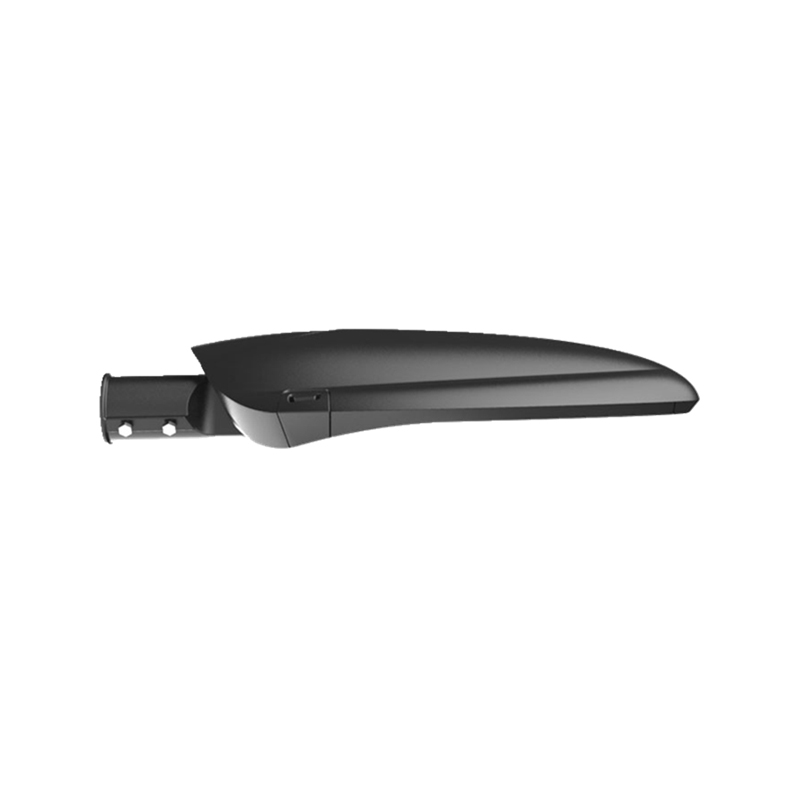











 Contact Us
Contact Us